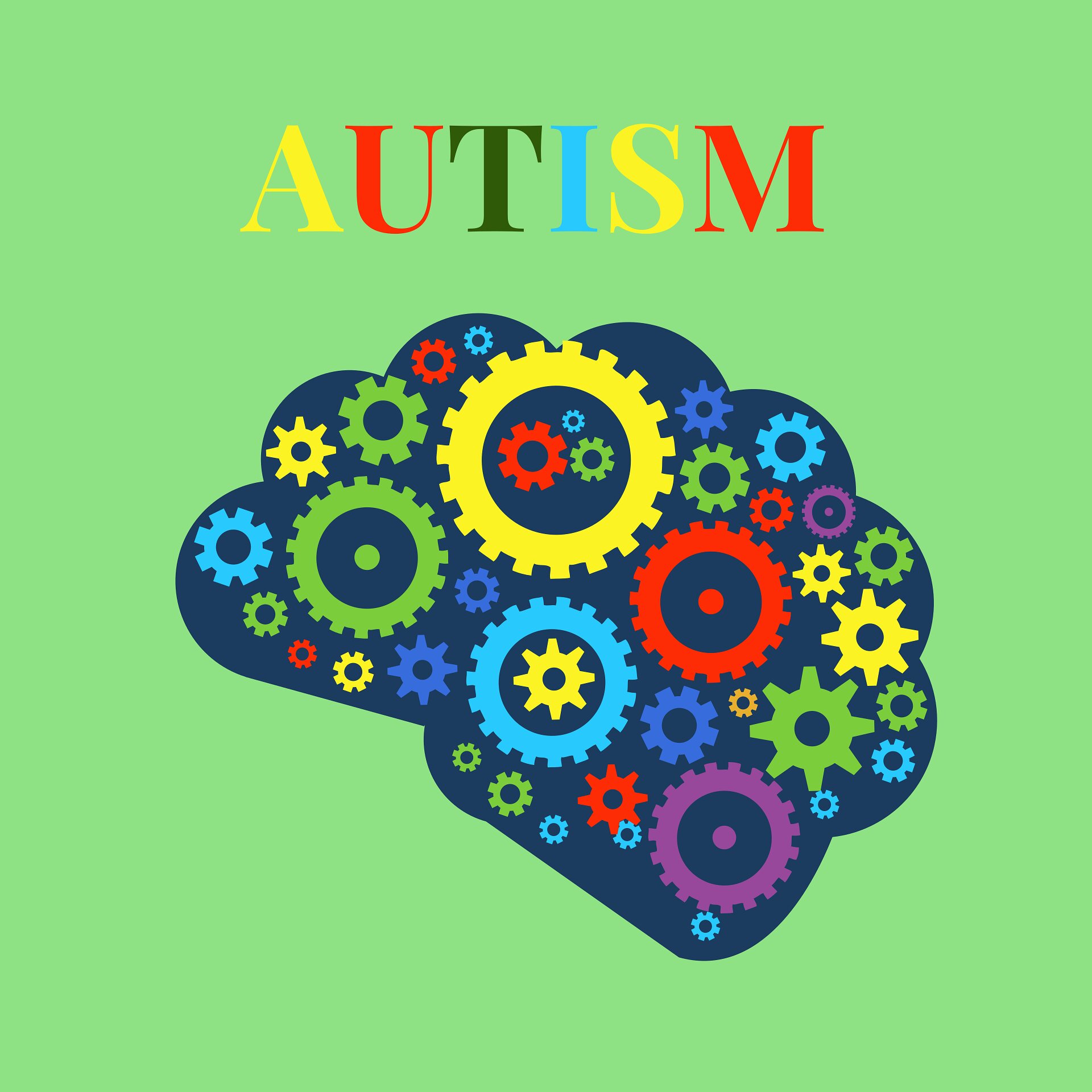Checking Out Autism: Approaches for Efficient Communication and Communication
Effective communication and communication with people on the autism spectrum necessitate a comprehensive understanding of their one-of-a-kind demands and preferences. Methods such as utilizing clear language, utilizing aesthetic assistances, and promoting regular routines can substantially boost involvement and lower anxiousness. Moreover, acknowledging the value of non-verbal hints and shared rate of interests leads the way for significant connections. Nonetheless, the complexities of these strategies disclose additional considerations that warrant exploration, specifically in exactly how they can be adapted to individual experiences and diverse contexts. What might these adaptations look like in method?
Understanding Autism Spectrum Condition
Autism Spectrum Condition (ASD) incorporates a variety of neurodevelopmental conditions defined by obstacles in social interaction, interaction, and repetitive behaviors. The term "spectrum" mirrors the varied symptoms and differing degrees of intensity experienced by individuals with ASD. While some may show substantial problems, others might display high-functioning characteristics, permitting better self-reliance in life.
The onset of ASD usually happens in early childhood years, with indications often recognizable by age 2. Very early indications might consist of postponed speech growth, limited eye get in touch with, and difficulties in understanding social signs. Although the exact etiology of ASD stays vague, research recommends a combination of environmental and hereditary aspects plays an essential role in its growth.
Individuals with ASD typically have special toughness, such as heightened attention to detail and outstanding memory abilities. They might have a hard time with comprehending abstract principles and taking care of changes to routine - autism. Because of this, interventions and assistance customized to specific demands are necessary for promoting interaction and social skills. Recognizing the intricacy of ASD is vital for promoting awareness, acceptance, and effective strategies that help with purposeful communications with individuals on the range.

Importance of Clear Interaction
Reliable interaction is essential for fostering understanding and link, particularly for individuals with Autism Range Problem (ASD) Clear communication not only facilitates social interactions yet additionally improves the individual's capability to express their demands, emotions, and thoughts. For people with ASD, the nuances of language can typically be testing; therefore, making use of simple and unambiguous language is crucial.
Moreover, clear interaction helps decrease irritation and anxiety that may develop from misconceptions. When messages are conveyed in a consistent and direct fashion, people with ASD are better furnished to interpret details precisely, which can considerably enhance their social engagement and involvement in various setups.
Developing routines and utilizing aesthetic supports can further strengthen clear communication. These strategies offer people with foreseeable frameworks that help comprehension and retention of info. In addition, actively listening and being person during communications advertises an encouraging setting where individuals with ASD really feel valued and comprehended.
Inevitably, prioritizing clear interaction not just equips people with ASD but likewise promotes even more purposeful connections with their peers, caregivers, and the broader community, leading the way for collaborative relationships and inclusive interactions. - autism
Non-Verbal Interaction Strategies
Communication expands beyond words, and for individuals with Autism Spectrum Disorder (ASD), non-verbal hints play a substantial duty in communications. Non-verbal interaction techniques can include faces, gestures, body language, and eye contact, all of which function as essential components for conveying emotions and objectives.
Comprehending and translating these non-verbal signals can improve communications with people with ASD. For example, a cozy smile or open pose can produce a welcoming environment, urging involvement. Making use of aesthetic help-- such as image cards or go to the website signs-- can bridge interaction voids and assist convey messages more properly.
It is also essential to be conscious of individual room, as people with ASD may have different convenience levels concerning proximity. Observing their responses to physical nearness can inform appropriate modifications.

Producing Supportive Atmospheres
Creating an encouraging setting is critical for cultivating favorable communications and improving the wellness of people with Autism Range Problem (ASD) Such atmospheres can substantially decrease anxiousness and create a feeling of safety and security, permitting people to express themselves extra freely.
To accomplish this, it is vital to consider sensory sensitivities that individuals with ASD may experience. Customizing the physical area to consist of soft illumination, marginal history noise, and comfy seating can develop a calming environment. Additionally, making use of consistent regimens and clear aesthetic routines can aid people anticipate shifts and decrease unpredictability, more advertising convenience.
Social areas must be structured to reduce overwhelming stimulations while providing possibilities for interaction in recommended tasks. Promoting locations designated for quiet time can likewise work as a refuge during moments of stress. Notably, integrating aspects of selection encourages individuals, enabling them to exercise company in their setting.

Urging Social Communications
Fostering social interactions amongst individuals with Autism Spectrum Disorder (ASD) requires willful methods that prioritize convenience and involvement. Developing foreseeable regimens can help lower anxiety, making social settings extra friendly. click Producing organized atmospheres with specified responsibilities and functions enables people to engage without the frustrating stress of unstructured social characteristics.
Including interests and toughness into social tasks can serve as a catalyst for interaction. Organizing group tasks around shared pastimes or topics of fascination can facilitate all-natural conversations and links. Additionally, using aesthetic supports, such as photographic timetables or social manuscripts, can assist in comprehending social hints and expectations.
Modeling appropriate social behaviors is vital - autism. Grownups and peers need to show reliable communication techniques, consisting of energetic listening and turn-taking. Role-playing situations can also offer a secure room for individuals to exercise these skills
Finally, cultivating peer partnerships through comprehensive techniques is essential. Encouraging inclusive playdates or group outings can develop opportunities for socialization in a comfortable setup. By executing these caregivers, approaches and teachers can significantly improve social interactions for people with ASD, advertising their general social growth and wellness.
Final Thought
In final thought, reliable communication and interaction methods are crucial for supporting individuals with Autism Spectrum Condition. Inevitably, these techniques encourage people with autism to browse social landscapes, promoting their investigate this site total health and allowing the development of long lasting partnerships.
Efficient interaction and communication with people on the autism spectrum demand a detailed understanding of their unique needs and preferences. Clear interaction not just promotes social interactions however likewise enhances the person's capability to share their thoughts, requirements, and feelings.Cultivating social interactions amongst individuals with Autism Range Condition (ASD) needs deliberate approaches that prioritize comfort and interaction. By executing these caretakers, approaches and educators can considerably enhance social interactions for people with ASD, advertising their total social growth and health.
In verdict, reliable interaction and interaction techniques are vital for sustaining individuals with Autism Range Problem.
Comments on “Autism and Sensory Handling: Checking Out the Connection and Its Results”